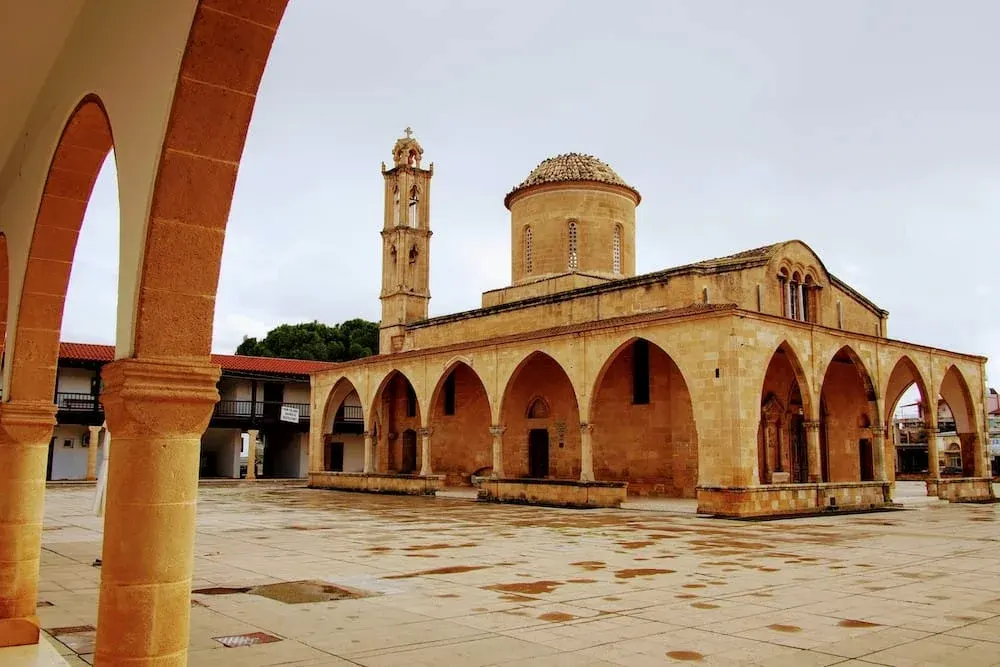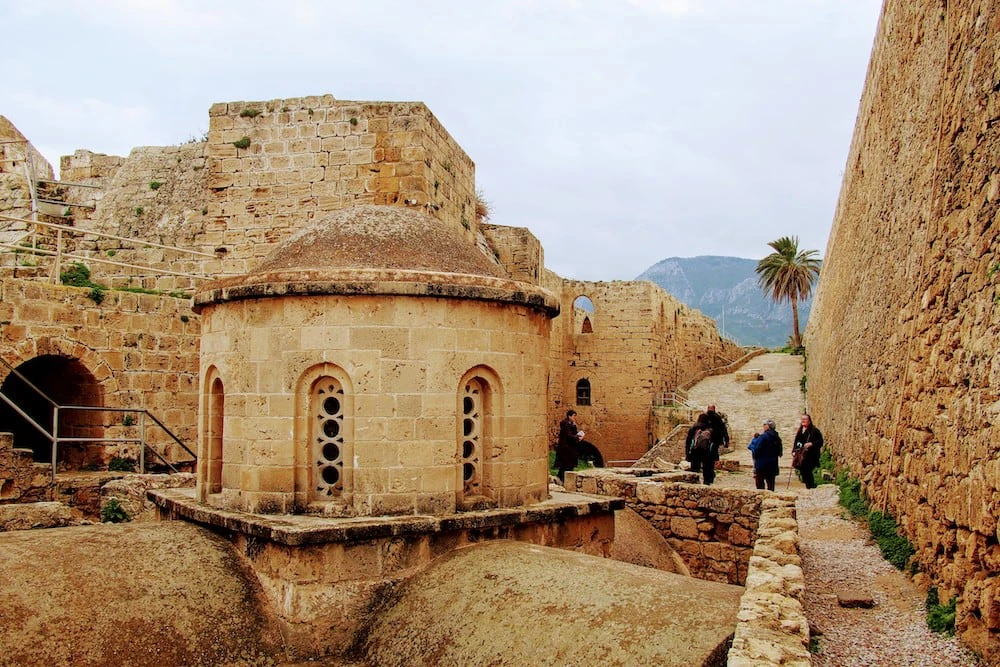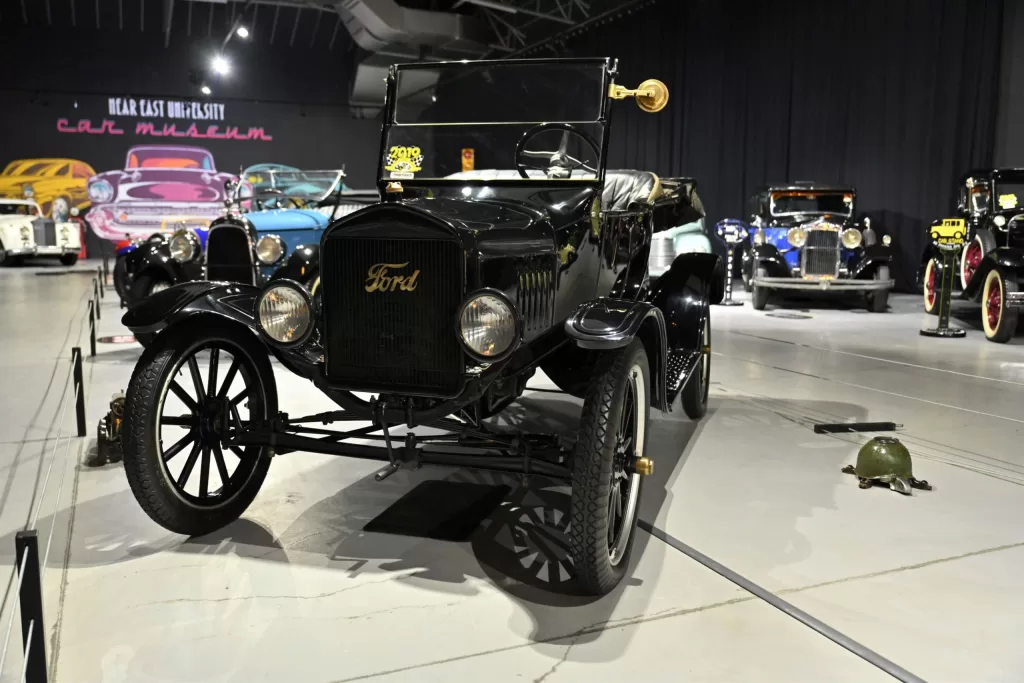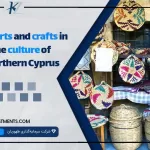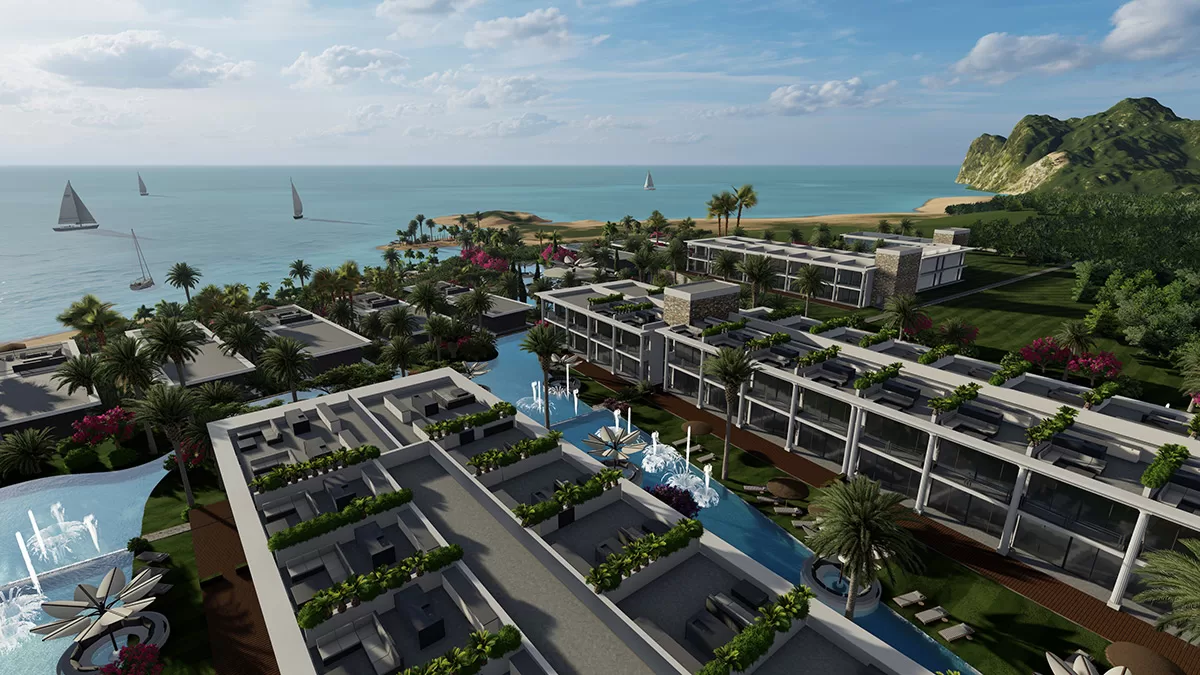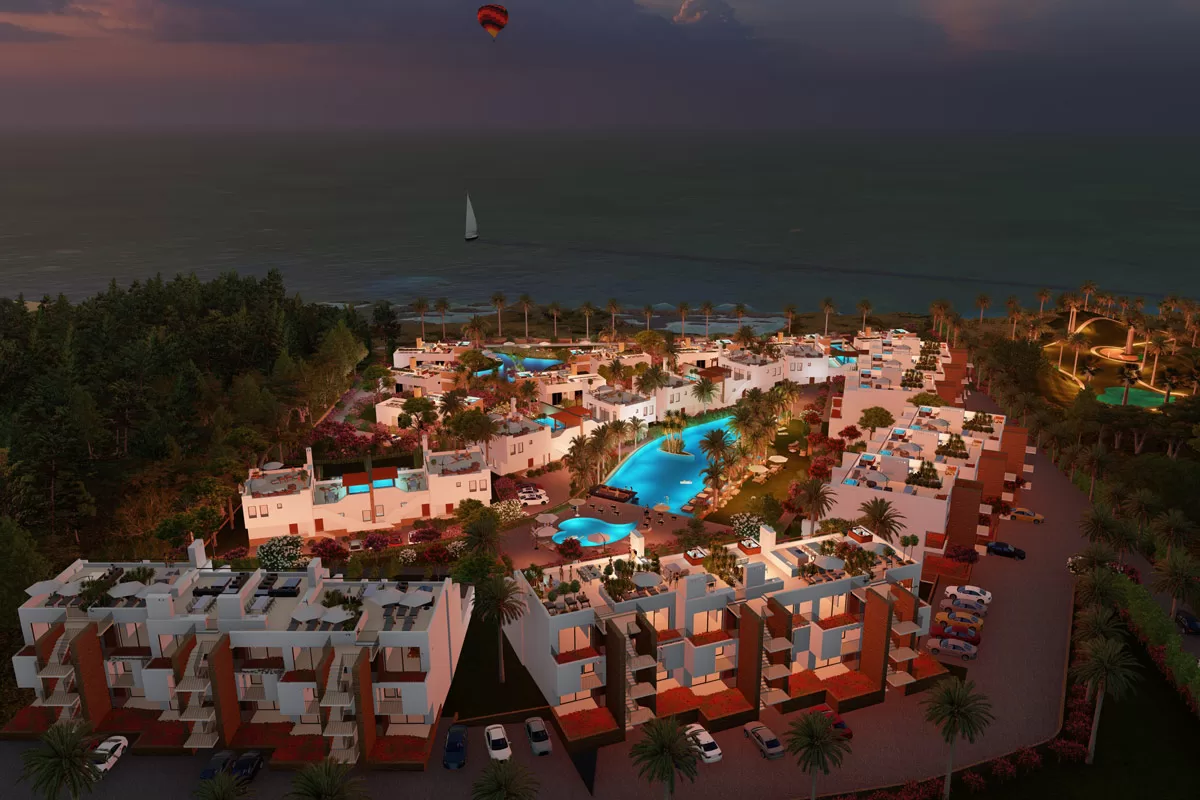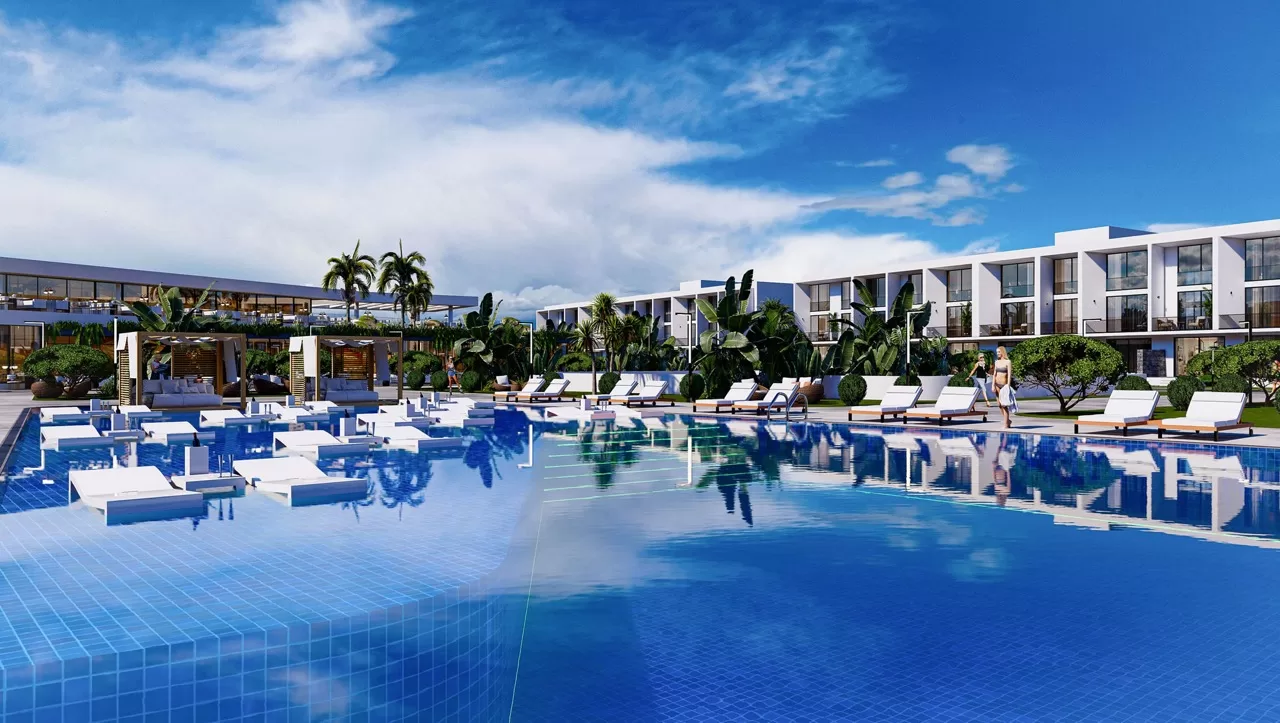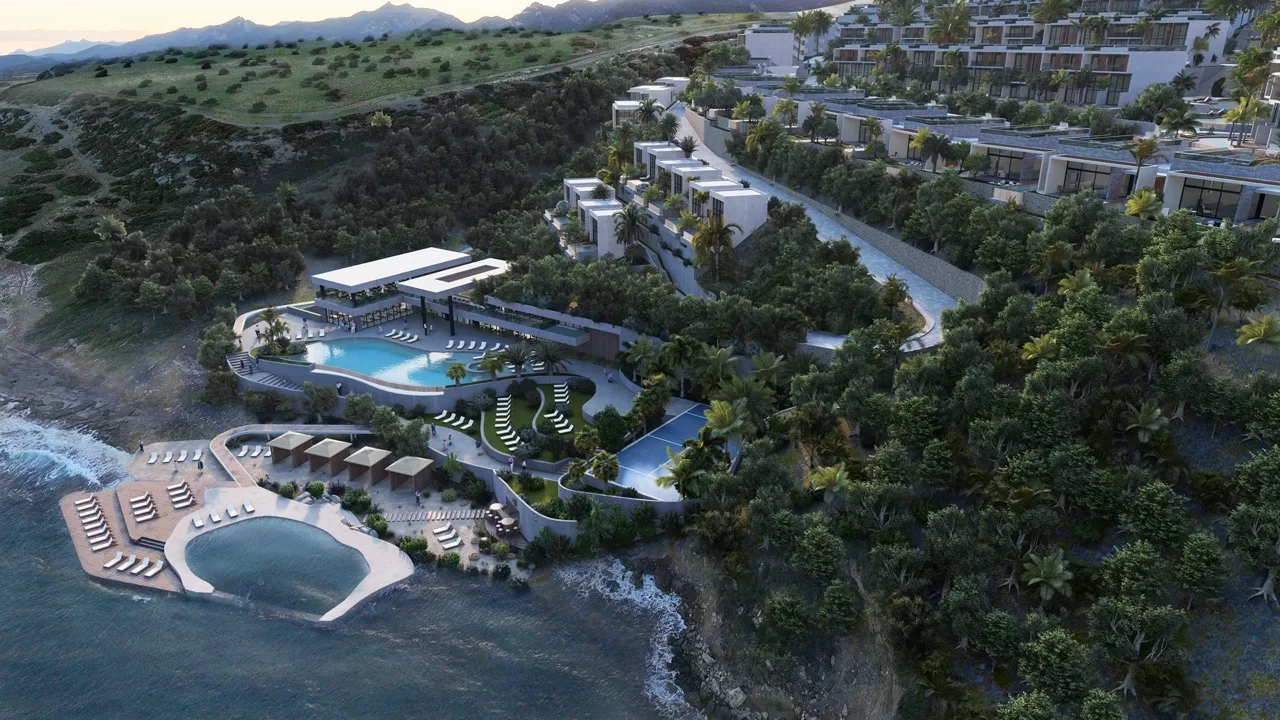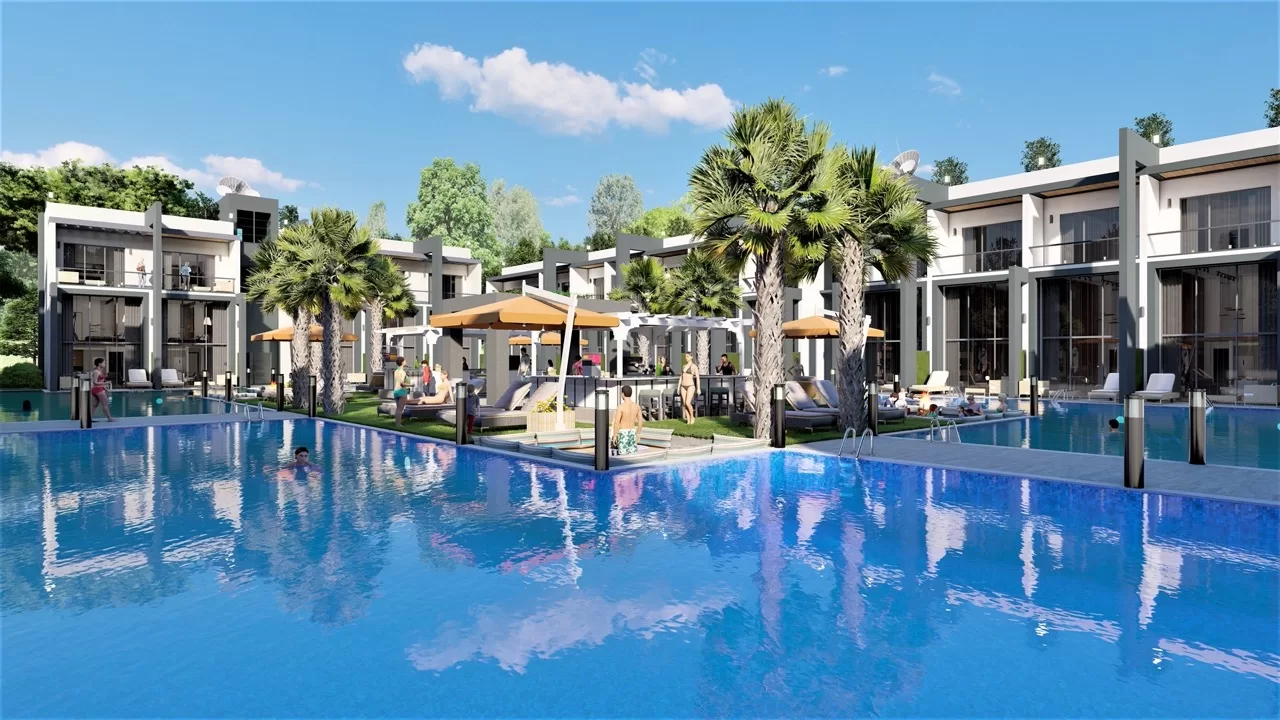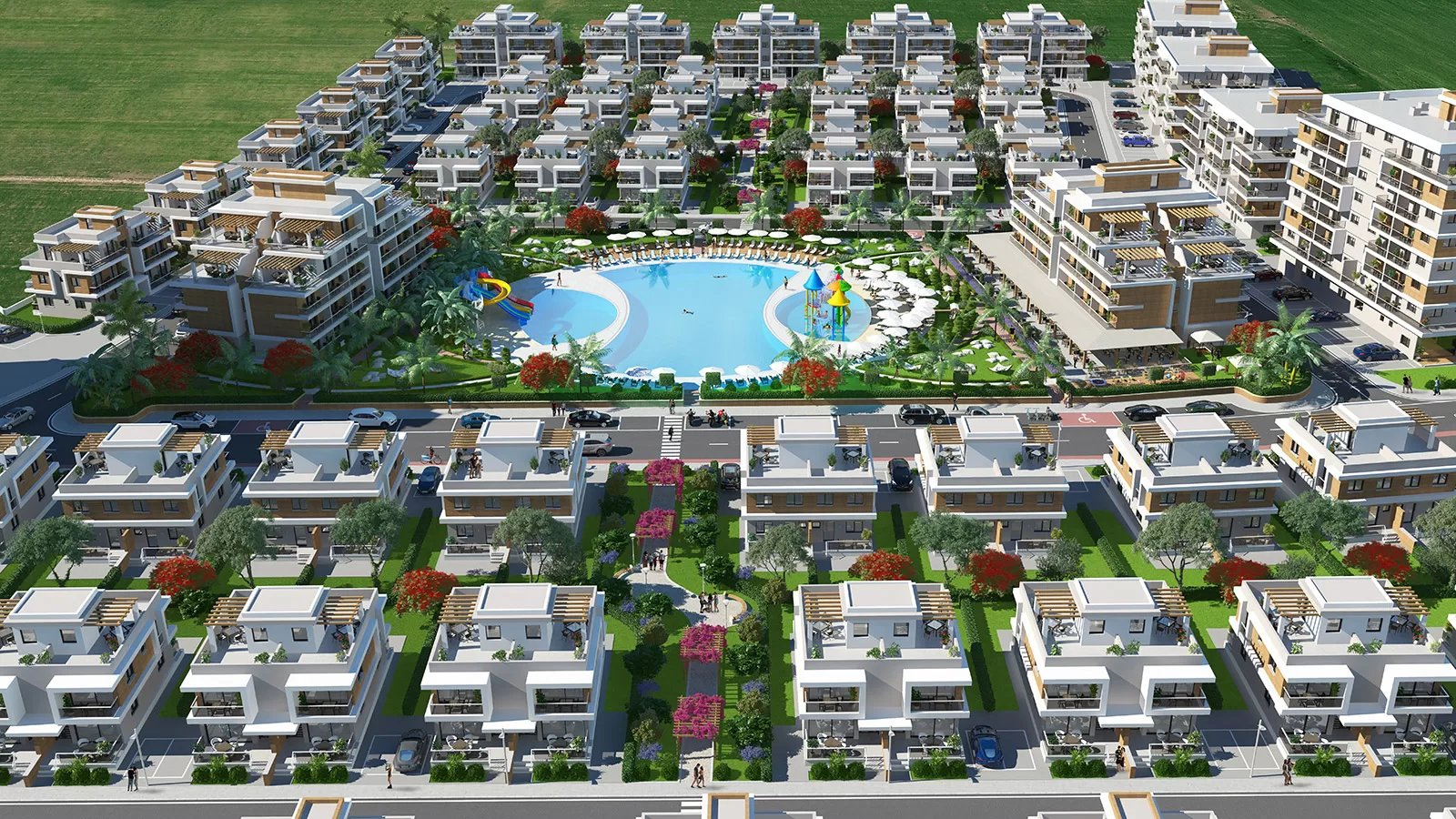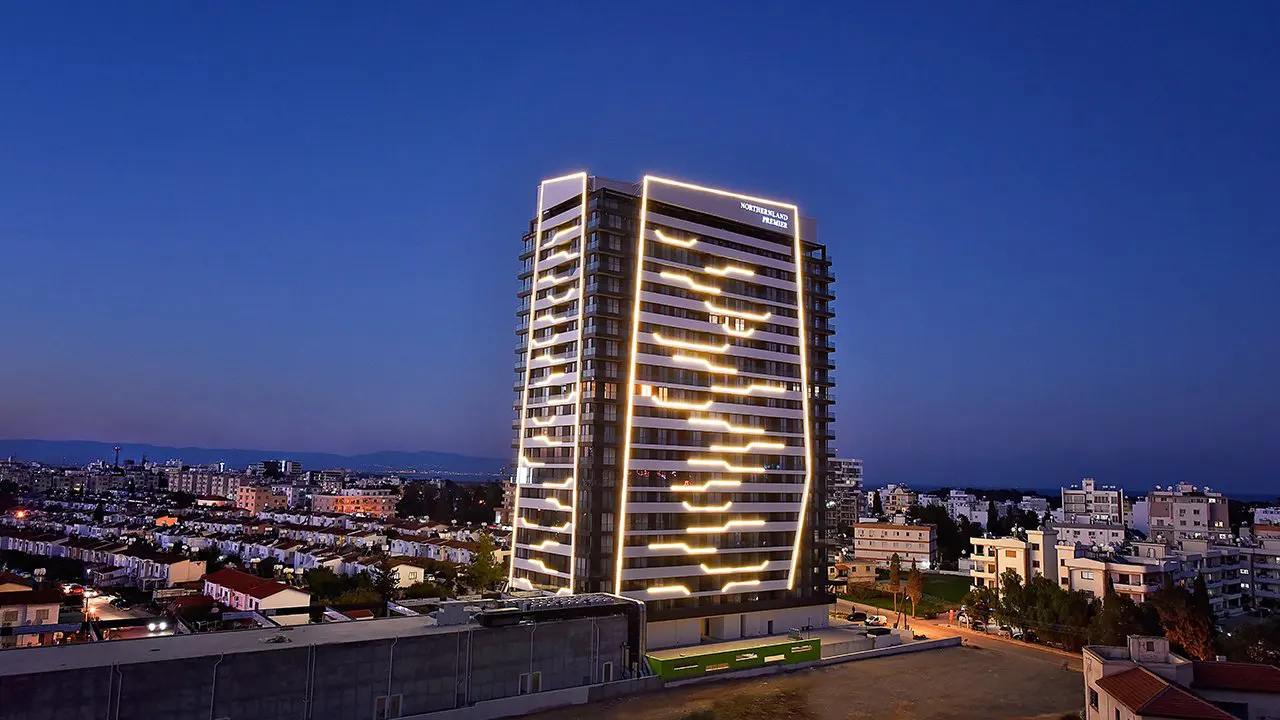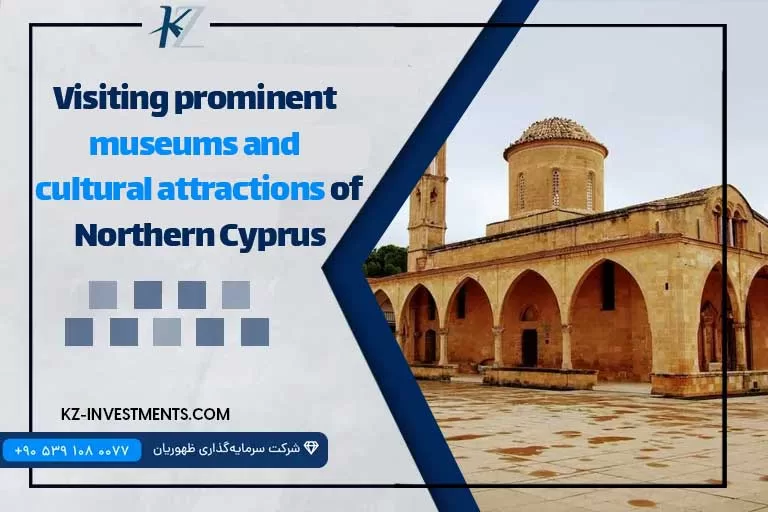
Visiting prominent museums and cultural attractions of Northern Cyprus
North Cyprus is an island in the Middle East, located in the eastern Mediterranean Sea and is the point where the three continents of Europe, Asia and Africa meet. This country is one of the popular tourist destinations for international students due to its historical, cultural and natural attractions. Some of the cultural attractions of Northern Cyprus include Kyrenia Castle, Belpais Church, and St. Hilarion Castle. These places have a long history and reflect the rich history of this country. Northern Cyprus also has a diverse culture and traditions that have come from the combination of Turkish, Greek, and English cultures. This rich culture can be very attractive for international students.
With a history that goes back thousands of years and has been influenced by various Eastern Mediterranean civilizations, this country has amazing museums. While traveling to North Cyprus, visitors can witness the past come to life again.
The Cyprus Ancient Shipwreck Museum, although a small space, hosts many museums that reflect its rich history and cultural heritage. Most of these museums are located in large, centralized buildings, but some of these lesser-known treasures are scattered in traditional buildings in villages and around the island. Next, visit the prominent museums and cultural attractions of North Cyprus with Zahouriyan Investment Company.
The shipwreck museum in Kyrenia is one of the cultural attractions of Northern Cyprus
The Shipwreck Museum in Kyrenia Castle is one of the cultural attractions of Northern Cyprus, this museum is located in front of the Mediterranean Sea. This museum is home to the remains of an ancient ship from the 4th century BC and its cargo. In 1969, archaeologists from America discovered this Greek merchant ship, which is more than 2,300 years old.
Most of the parts of the ship were well preserved in the sand and about 75% of it was in good condition. In this museum, you can browse through objects such as Rhodes wine amphorae, jugs and various kitchen utensils, read historical stories about the ship and see photos of the salvage process.
Teke Molloy Museum in Nicosia is another cultural attraction of Northern Cyprus
Teke Maulvi Museum, which translates to Sama Dervish Museum, is another museum and cultural attraction in Northern Cyprus, located within the city walls of Nicosia (Lefkosha) and close to the famous Kyrenia Gate. This building dates back to the Ottoman era and the 17th century. The building was in use until 1954, and a Muslim religious sect used the building to hold regular ceremonies, including ritual hearings, under the guidance of a sheikh. Dancers’ costumes, musical instruments and other ethnographic items are displayed here.
AJ Luntis Art Gallery in Nicosia
AJ Luntis Gallery is one of the most prominent museums and cultural attractions in Northern Cyprus, which promotes cultural, educational and artistic projects focusing on the cultural heritage of Cyprus. This art center was launched in 2014 and has collected more than 800 works of art from Cypriot, Greek and European painters.
The museum is a symbol of Anastasios G. Leventis’ wish to establish a public gallery in his native land, where his compatriots can enjoy the vast collection of works of art he collected during his lifetime.
This museum consists of three main parts:
The Paris collection, which includes outstanding works by European artists from the 17th to the 20th century.
The Greek collection, which contains works by Greek artists from the 19th and 20th centuries.
The Cyprus Collection, which displays the works of the first generation of Cypriot artists from 1884 to 1930.
Today, this art center in Cyprus brings together artists and art enthusiasts of all ages to immerse themselves in the culture, history and art of Cyprus, Greece and Europe and celebrate this global cultural diversity.
The Cyprus Museum in Nicosia is another cultural attraction of Northern Cyprus
The Cyprus Museum, also known as the Cyprus Archaeological Museum, is one of the oldest and largest museums and cultural attractions in Northern Cyprus and is recognized as one of the top tourist attractions in Cyprus. This museum displays the ancient artefacts discovered in numerous excavations throughout the island and shows the history of the island and the development of the Cypriot civilization from the 9th millennium BC (Neolithic) to the early Byzantine period (7th century). .
Work on the museum, located in central Nicosia, began in 1908 and was completed in 1924, when Cyprus was still a British colony. Then, several sections were added to the museum to make it into its current form.
In this museum, you can find ancient objects such as pottery, jewelry, sculpture, coins, copper objects, etc., which allow visitors to take an in-depth look at daily life in ancient Cyprus. In addition, the Cyprus Museum hosts temporary exhibitions with interesting topics from life every year. In the future, if you are looking for investment in North Cyprus, you can refer to the article Investment in North Cyprus 2024 published in Zahorian Investment Company and get more information about investment in this country!
Museum of Byzantine Art in Nicosia
The Museum of Byzantine Art, located in the besieged city of Nicosia, displays the island’s collection of Byzantine art and is one of the most important cultural attractions in Northern Cyprus, known for its richness and fame. More than 200 signs from the 9th to the 19th century, along with dishes, clothes and books, have been displayed in this place.
The collection includes a large number of works from the 12th century, the period when interest in portrait painting was at its peak. One of the most outstanding works is the famous mosaics of the church of Panagia kanakaria from the 6th century. Also, 220 pieces of Christian symbols from the beginning of the Byzantine era to the 19th century are exhibited in this Cyprus museum.
Blue House Museum
The Blue House, located in North Cyprus, is one of the mysterious places and cultural attractions of North Cyprus, which is located in a military zone. This place has become one of the popular tourist spots in North Cyprus with many stories that happened there.
To enter this museum, you must have your passport with you and you can visit this place every day except Mondays. One of the services provided by Zahoorian Investment Company is investment services in North Cyprus. By visiting the investment services page of Zahoorian Investment Company, you can get free advice about investing in North Cyprus!
Museum of classic and historical cars of Northern Cyprus
The Museum of Classic and Historical Cars of Cyprus is a very interesting place and one of the most attractive cultural attractions in Northern Cyprus. The oldest car in this museum is an open-top Ford Model T from 1912. The newest car of this museum is also 15 years old. Visitors may also encounter the armored cadillac of the Cyprus presidency.
In 1977, this Cadillac was specially built and donated by the United States government to Makarios III, the then president of Cyprus. Dimi Mavropoulos, a former champion of International Rally and Cyprus Rally competitions, opened the museum in 2014 to display his personal collection of 90 classic cars. Interestingly, young couples can rent a classic car with a driver from this museum on their wedding day.
Kanbulat Museum is another cultural attraction of Northern Cyprus
This museum and tomb takes its name from a commander who played an important role in the siege of Famagusta in the 16th century. At that time, Canbulat, using military techniques, allowed his army to defeat the military fortifications and force Famagusta to surrender.
However, Kanbulat eventually lost his life along the way. Kanbulat’s body is buried in this museum. This building was renovated in 1968 and its front part became a small museum to display ethnographic and archeological works. In addition, many Turks and Cypriots of Turkish origin use this place as a place of pilgrimage.

